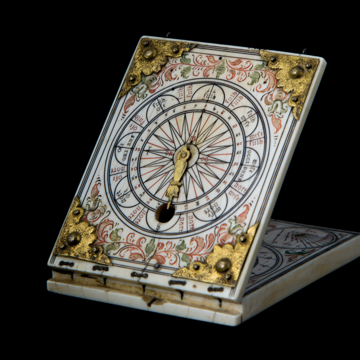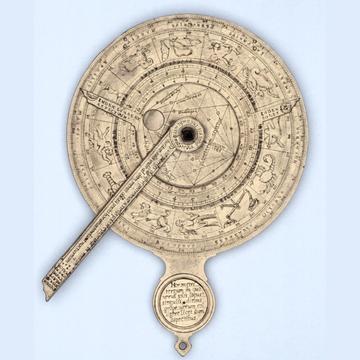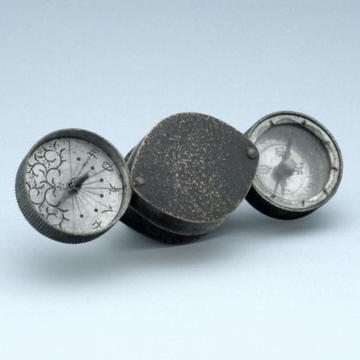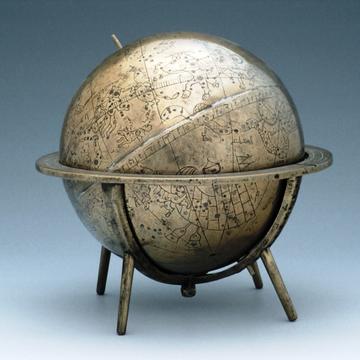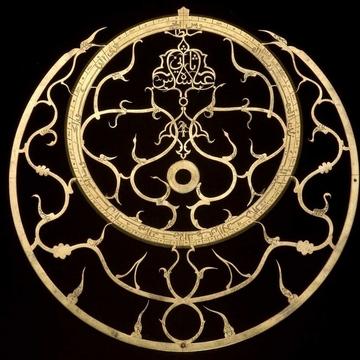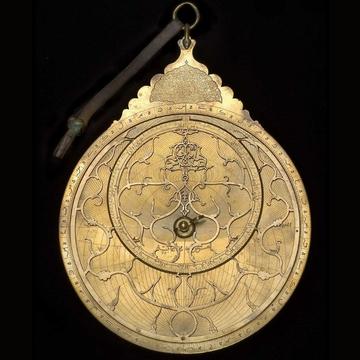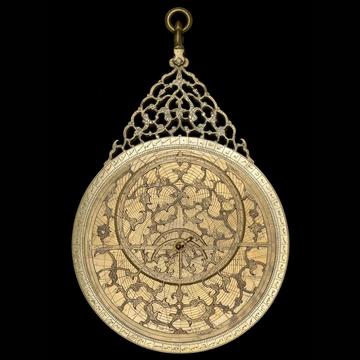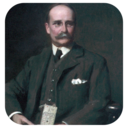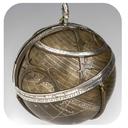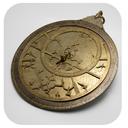Our History Matters
Dr Sumner Braund introduces our new decolonisation project which will bring to life the origin stories in our founding collection.
What’s a Museum for?
If you’re reading this, you may already love museums – or be curious to find out more about Oxford University’s History of Science Museum in particular.
Or both.
But have you ever stopped to wonder what a museum is really for?
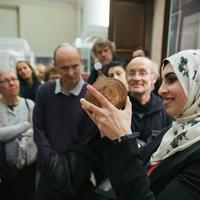
Education and learning?
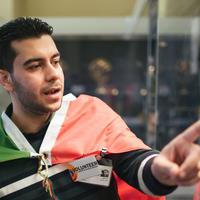
Preserving our shared cultural heritage?

A meeting point for curious minds?
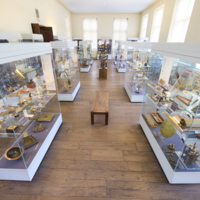
All of the above?
People at the heart
Whatever their focus, museums always have people at their heart: the unique individuals who create, maintain – and visit them.
Museums and people go hand in hand: someone has collected the objects, someone has preserved them, someone has shared histories and stories through an exhibition – and someone has decided to visit.
That’s why it’s important for us to investigate our founding collection – donated by Lewis Evans in 1924.
Because our own history matters.
The Lewis Evans Collection
In 1924, Lewis Evans (1853–1930) donated his substantial personal collection of historical scientific instruments to the University of Oxford to support the founding of a new museum in the Old Ashmolean building on Broad Street.
A wealthy English businessman and expert collector, Evans was fascinated by non-mechanical timekeeping and dedicated much of his life to building up his extensive collection. When his scientific instruments arrived at the new museum nearly 100 years ago, they included:
At the time of his donation, Lewis Evans owned more astrolabes than any other single European museum.
But his collection was precious for another reason. Around 36 objects had been made, used and cherished in times and places across the Islamic World — from Toledo in Spain during the 1000s CE to Mughal India’s Lahore in the 1600s CE.
How did Lewis Evans acquire these particular objects?
And why is that an important question for us to ask?
We'll return to the second question in the next post in this series.
But let's start with the first question: How did Lewis Evans acquire these particular objects?
The influence of empires
It was once said that the “sun never set” on the British Empire.
At its height in the early 1900s CE, its influence had extended across the globe — to varying degrees — for 400 years.
It was one of many empires that flourished during that time, shaping global politics, advancing science and developing influential literary and artistic aesthetics.
Some of them – like those of France and Spain – were European empires. And many arose in Eurasia, like the Ottoman Empire, the Ming and Qing dynastic empires of China, the Safavids in Persia and the Mughals in India.
Like all empires, they fought each other for power, developed thriving, mutually dependent economies, and exchanged knowledge, languages and tastes.
Lewis Evans’ collection included objects that had travelled across those empires.
These two astrolabes were on sale in the antiques shops of early 1900s London. One was made for Shah Abbas II of Persia, and the other crafted in the reign of Shah Jahan of India (who commissioned the Taj Mahal). By the time Evans saw them, they had already changed owners several times.
He was able to buy these precious instruments (and many others) because some of their owners had the fortune — or misfortune — to encounter subjects of the British empire who also wished to acquire them. Whether soldiers, civil servants, scholars or civilians, white British subjects benefited from an imbalance of power.
That means the full history and circumstances surrounding the acquisition of Lewis Evans’ collection are — to say the least — complex.
Finding & Founding: hidden voices and stories
Our Finding & Founding Project is all about tracing the instruments’ owners through time.
During 2023, I’ll be uncovering the provenance and history of instruments from the Islamic World in the Lewis Evans collection.
We’re investigating the circumstances of their sale to provide answers about how it is that we're currently guardians of some of the most precious historical scientific instruments in the world. Because they include some of the rarest astrolabes and celestial globes, this group forms a good starting point. But there is much work to do in the wider collection as well.
We’ll be focusing on four key questions:
-
Where: Which countries did the objects originally come from, and where did Evans acquire them?
-
How: In what circumstances did Evans acquire the objects, and what was the role of the dealers, collectors, and scholars who helped him?
-
What: How did the social and political circumstances in the countries of origin influence the dispersal of these scientific instruments?
-
Why: What drove the sudden interest in artefacts from the Islamic World at the end of the 1800s CE?
This is the first in a series of blog posts documenting some of the findings and exciting stories coming out of my research.
February 2023
About the author
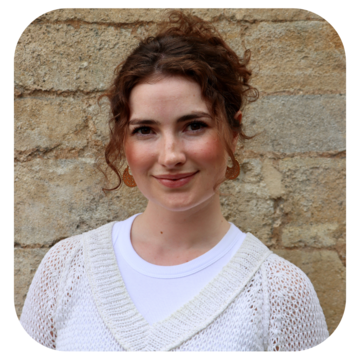
Dr Sumner Braund
I’m a historian of early medieval England with a passion for museums and archives.
As Research Fellow on the Finding and Founding Project, I am putting investigative skills to work as I uncover the provenance history of the History of Science Museum’s founding collection.
This work has already taken me to archives in the UK and the US, from nineteenth-century letter collections to sales registers to military dispatches.
For me, history is the study of people – and the objects that I am currently investigating are taking me on a global journey to people past and present.
All images © History of Science Museum, University of Oxford
Images in The Lewis Evans Collection:
- Sundial: Diptych Dial, by a Tucher Workshop, Nuremberg, c. 1600 Inv: 41986
- Nocturnal: Nocturnal and Regiomontanus-Type Dial, by Ulrich Schniep, Munich, 1581 Inv: 51384
- Compass: Horizontal Pin-Gnomon Dial and Compass, Chinese or Japanese Inv: 42644
- Celestial Globe: Celestial Globe, by Ja'far ibn 'Umar ibn Dawlatshah al-Kirmani, Persian, 1362/3 Inv: 44790
- Astrolabe: Astrolabe made for Shah Abbas II, by Muhammad Muqim al-Yazdi, Persian, 1647/8 Inv: 45747
Share on social media
If you'd like to share this post on social media, just copy this link:
https://www.hsm.ox.ac.uk/finding-and-founding-blog-one-our-history-matters
and go to your chosen social media channel:
Comments
As always, we’re interested to know your thoughts, so please share your comments with me:




